Celypha cespitana
([Denis & Schiffermüller], 1775)
-
 Subfamily: Olethreutinae, Olethreutini
Subfamily: Olethreutinae, Olethreutini -
 Wingspan: 12-16 mm
Wingspan: 12-16 mm -
 Flight period: May - Sep
Flight period: May - Sep -
 Spread: Common
Spread: Common -
 Host plants: Polyphagous
Host plants: Polyphagous
Information
The Celypha cespitana is a moth of the Tortricidae family with a wingspan of 12-16 mm.
It is distributed throughout most of Europe with the exception of Portugal, Greece and Ukraine. *
Its range extends from Asia Minor to the Middle East, Iran, Russia (Siberia, Central Asia, Cisbaikal, Tuva, Russian Far East),
Northeast China (Manchuria), Korea and Japan (Hokkaido, Honshu). ***
In Italy it is also present in the islands. *
Very similar to the congener Celypha flavipalpana it is distinguished from it by a darker background color, even if this distinctive character is not always decisive.
In case of doubt the labial palps should be considered with Celypha cespitana which has some brownish scales at the apex,
while the palps of the Celypha flavipalpana are completely pale yellow.
The front wings of the Celypha cespitana have a dark brown background color, with silvery gray streaks and markings.
The basal region is presented in the background color with some more or less evident signs of a silver color,
separated from the adjacent region by two evident parallel bands, these too of a silver color. **
Well-defined median band, brown in color, bounded towards the post-discal region by a silver line with a curved trend that intersects with
a line of the same color, which starts from the inner corner of the wing and ends in the middle of the rib.
The costa is dark brown with various concurrent streaks, and of the same color, of the various intersecting lines. **
The apex appears in the background color of the wing. The margin is delimited by a well-defined dark brown line, which starts from the apex and goes beyond the inner corner.
The edges are fringed, gray in color, except in the apex and in the middle of the margin itself, where the color is darker. The hind wings are also gray fringed. **
Adult moths fly between May and September ** and are active during the day. Habitats are varied and include all
the soils where the nourishing plants develop but are mainly present in moors and meadows.
The larva feeds on various low plants belonging to various families such as Ericaceae, Fabaceae, Lamiaceae, Rosaceae and Plumbaginaceae.
* Lepidoptera mundi https://lepidoptera.eu/ - Fauna Europea https://fauna-eu.org/
** Bestimmungshilfe für die in Europa nachgewiesenen Schmetterlingsarten - http://lepiforum.de/
*** Trematerra, P. , 2010: Clepsis trifasciata sp. n. con note su alcuni Lepidotteri Tortricidi del Kirgizstan. Journal of Entomological and Acarological Research Serie II 42 -
https://www.pagepressjournals.org/index.php/jear/issue/view/28
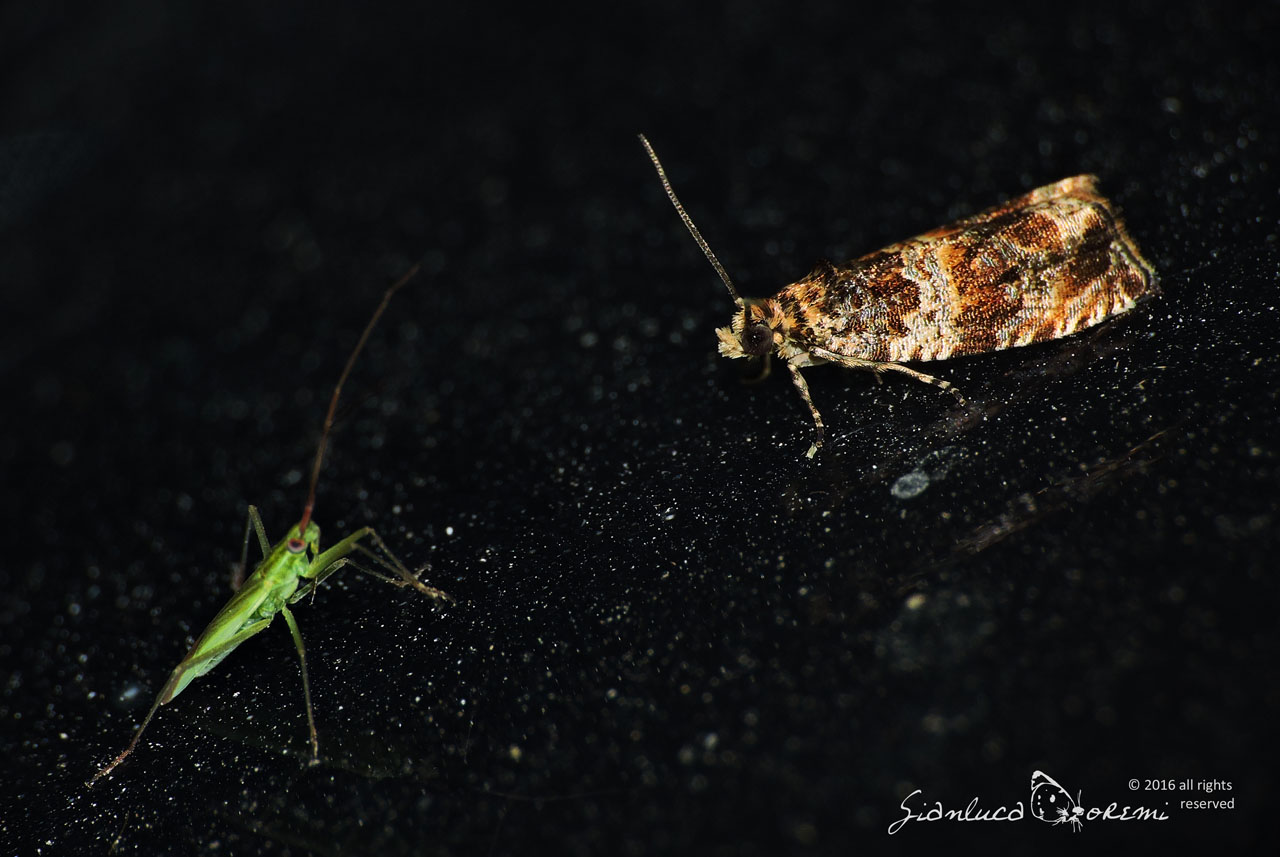
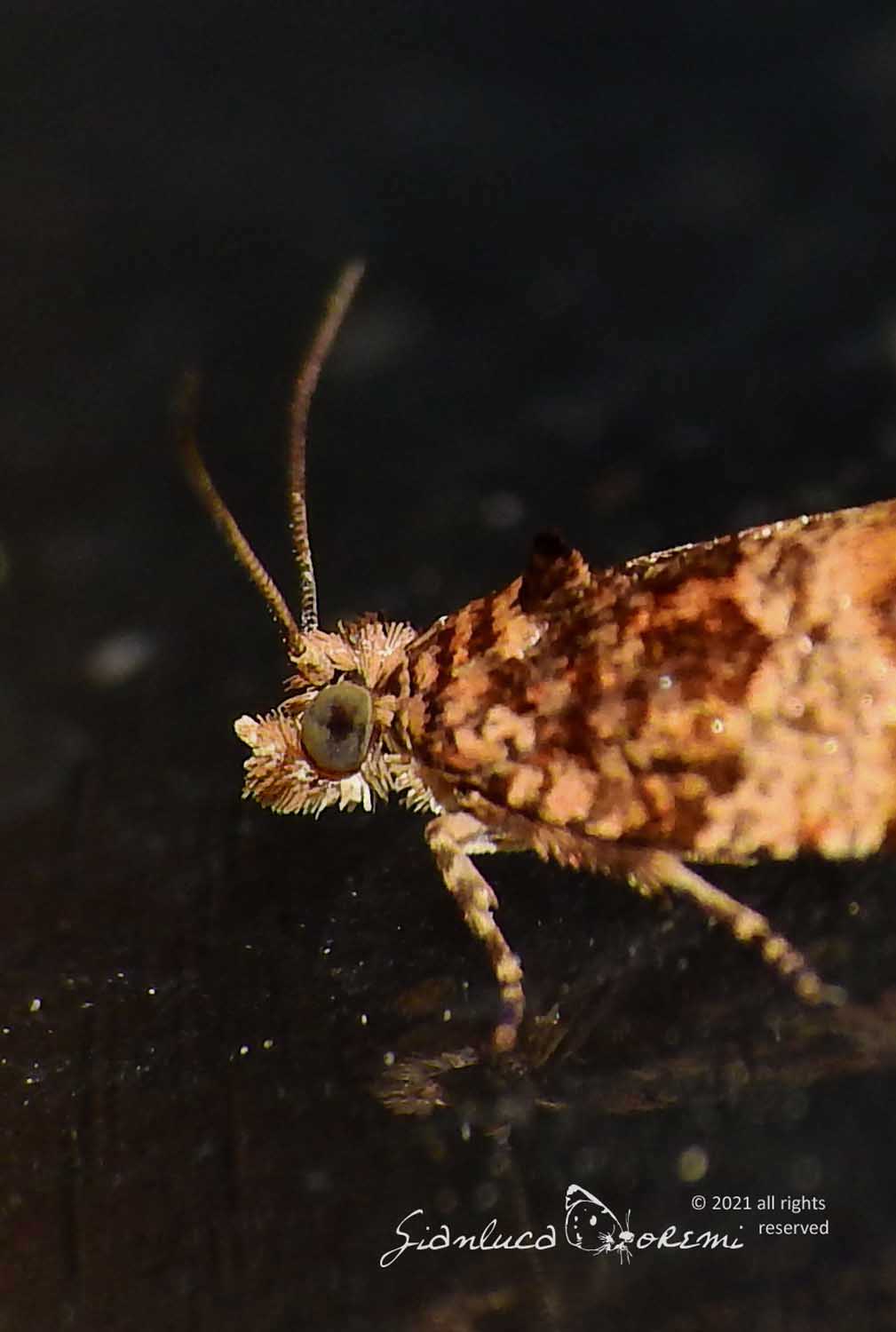

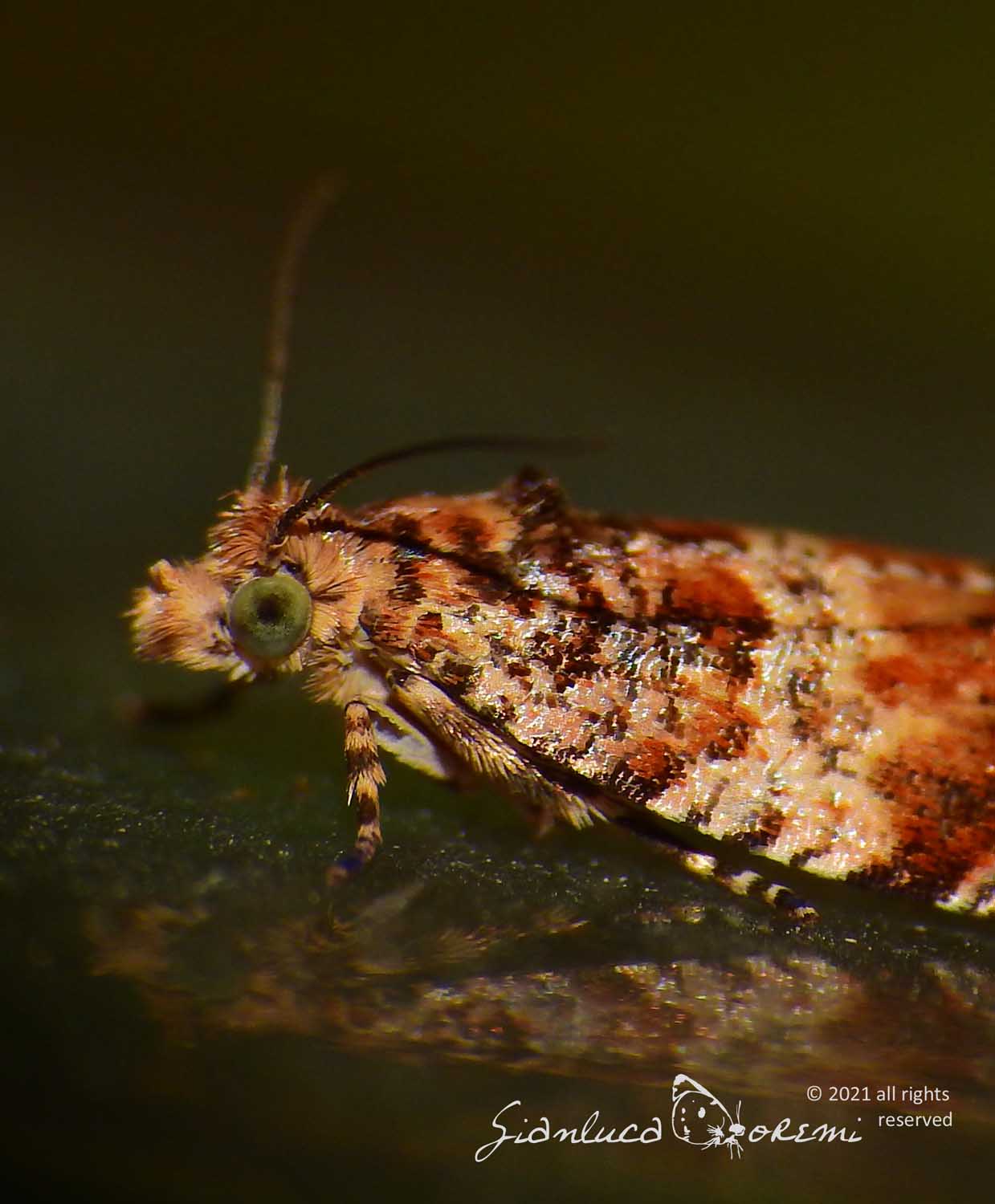
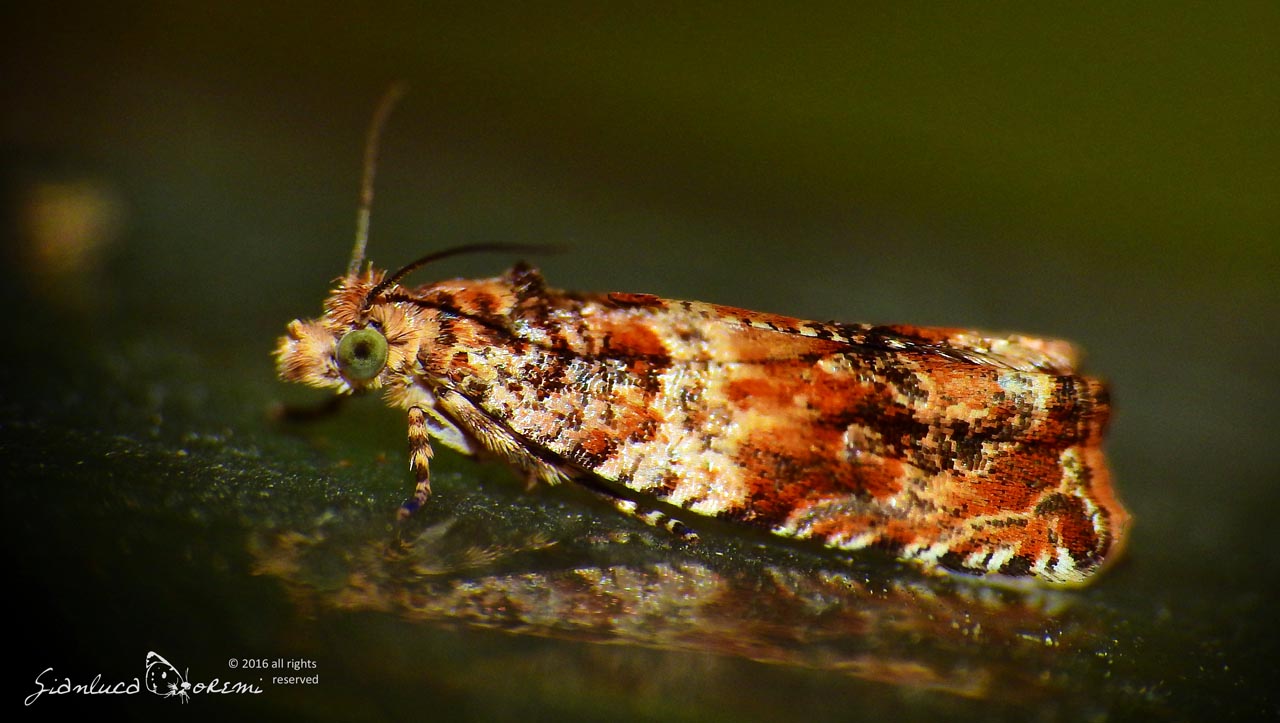

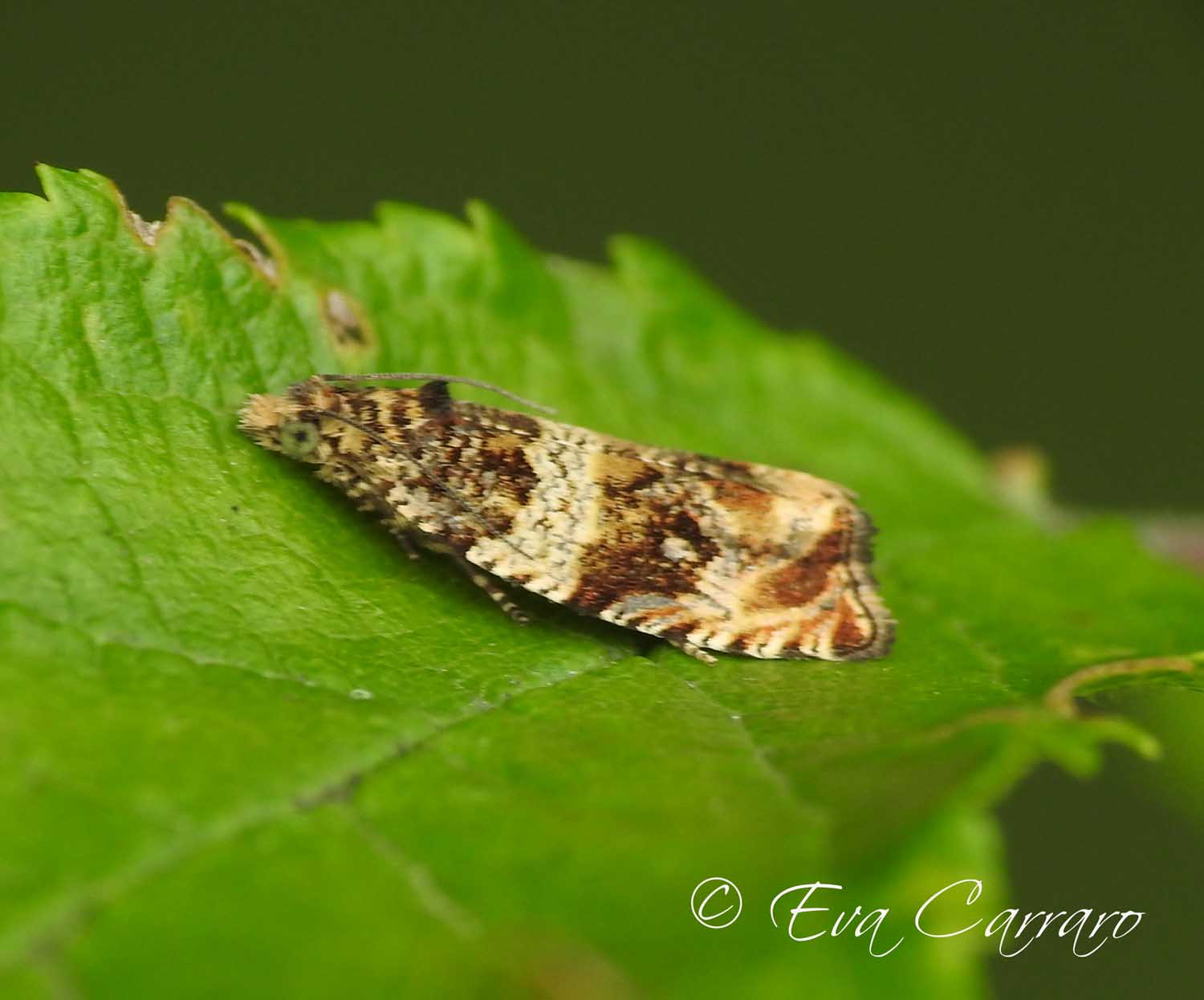
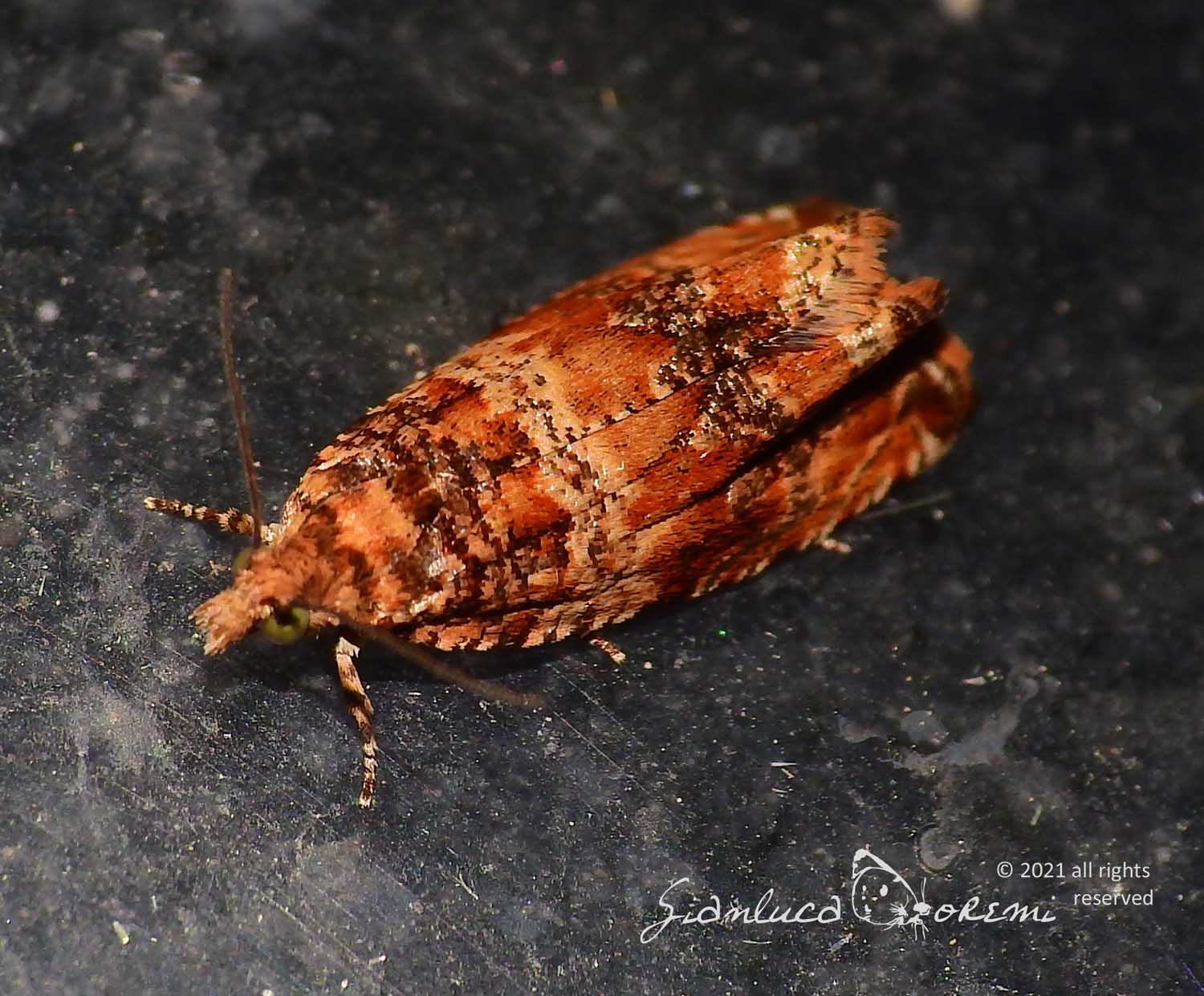
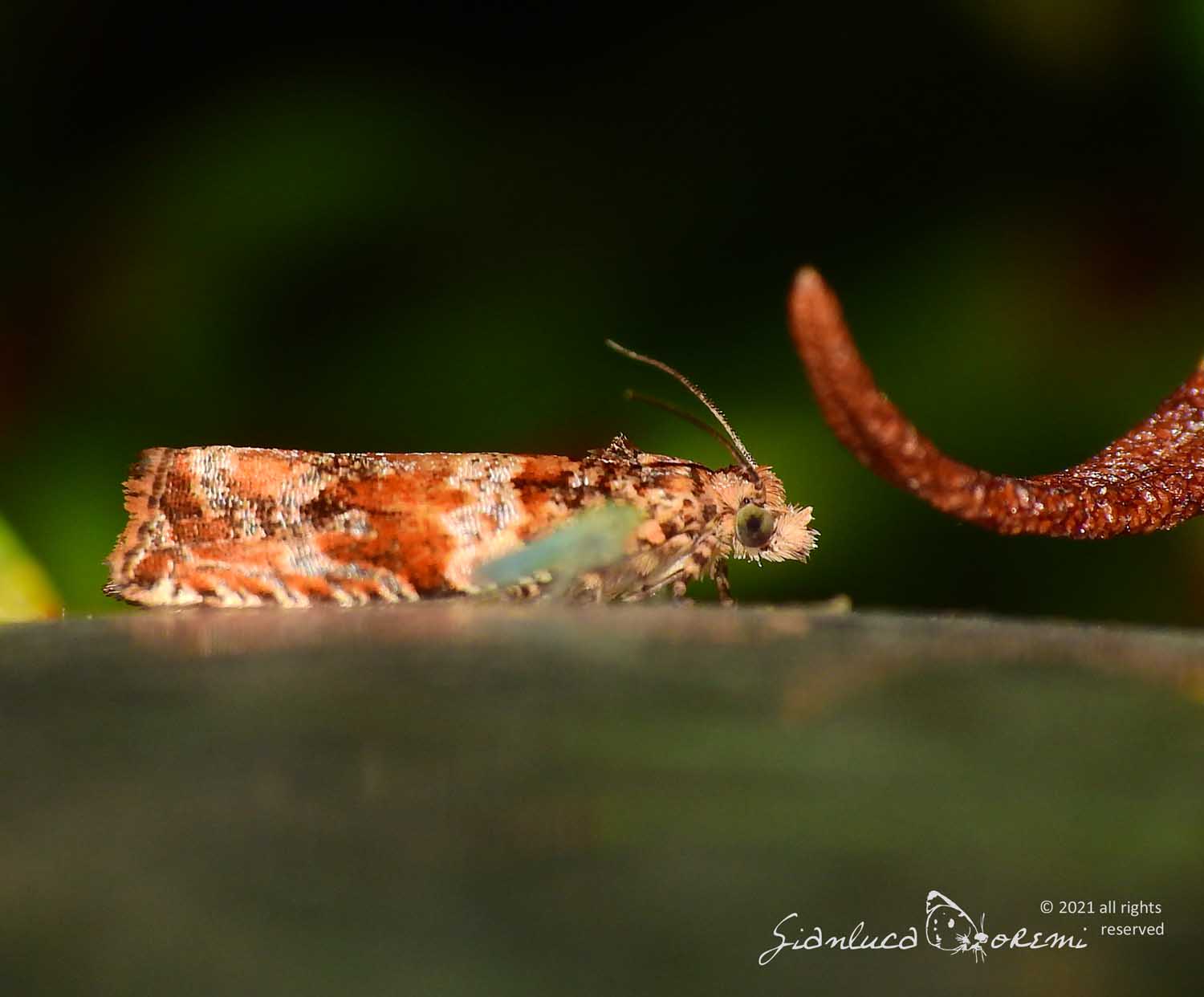
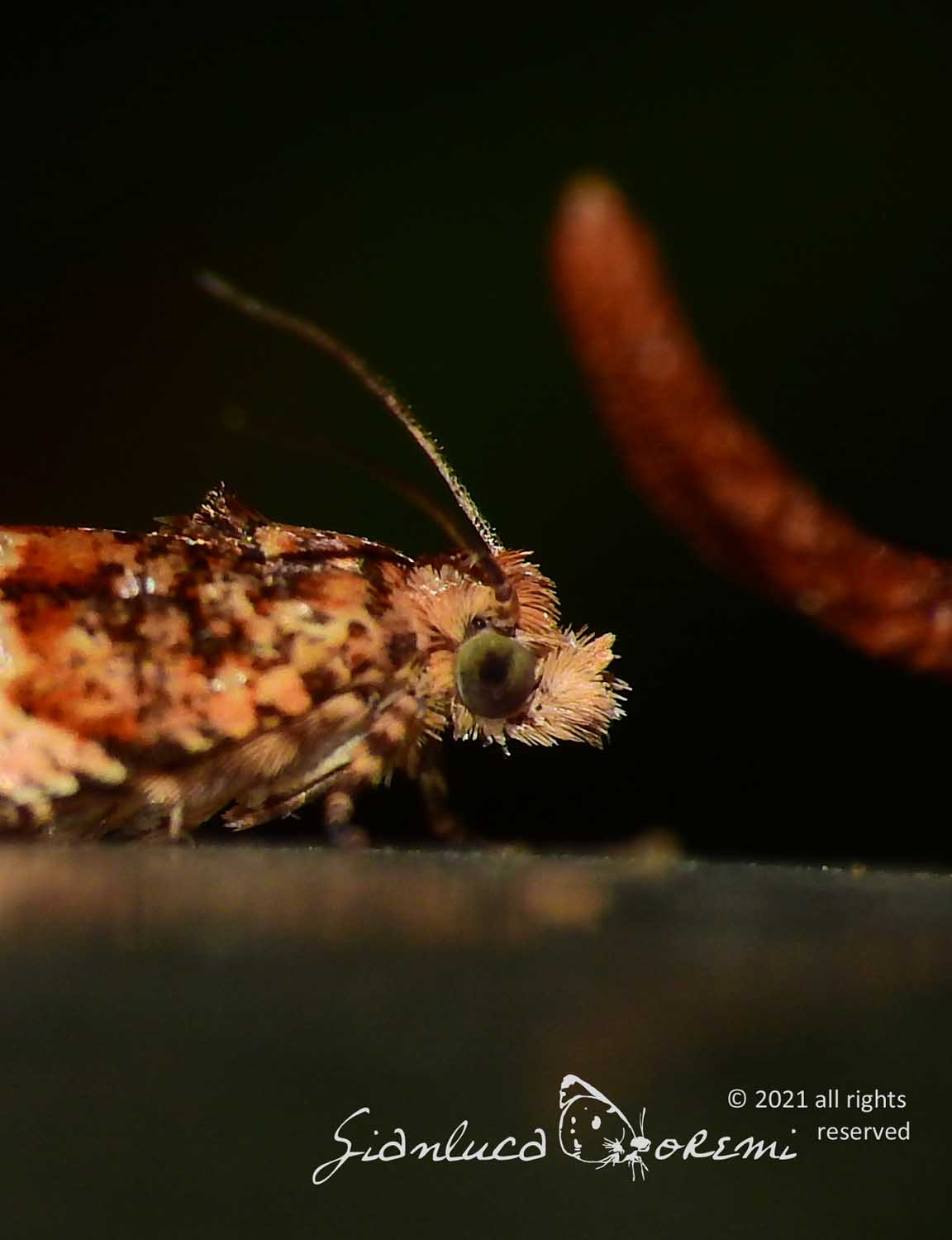


 EN
EN ITA
ITA
Social and publications